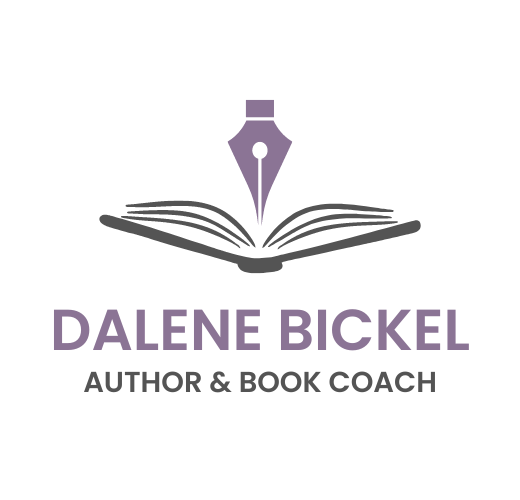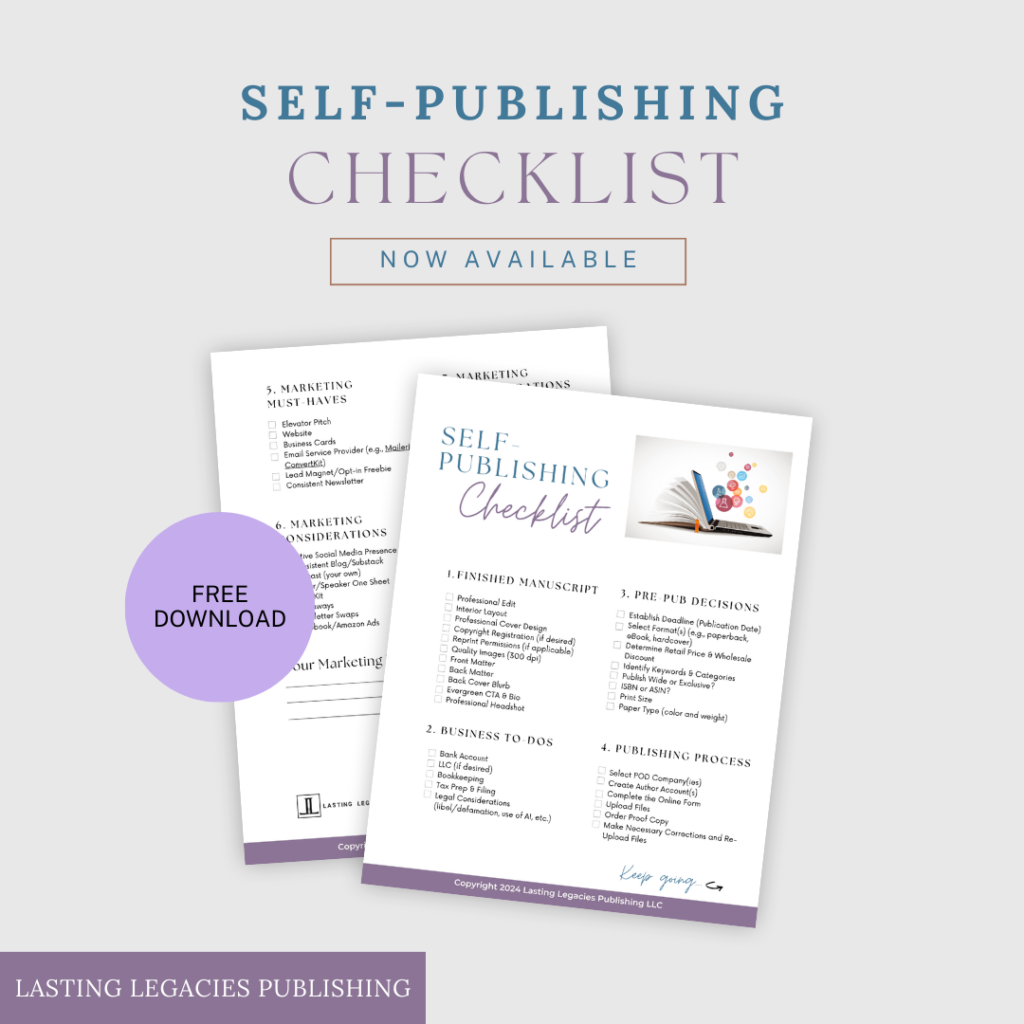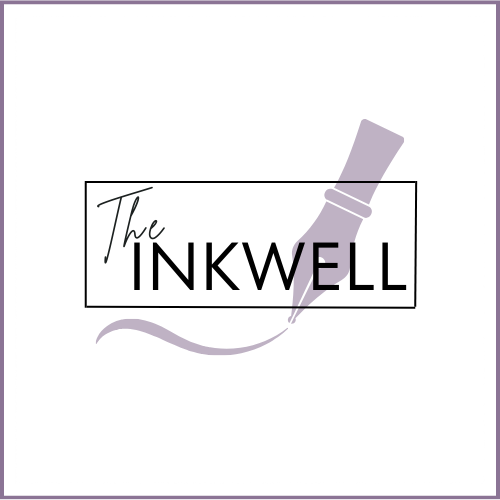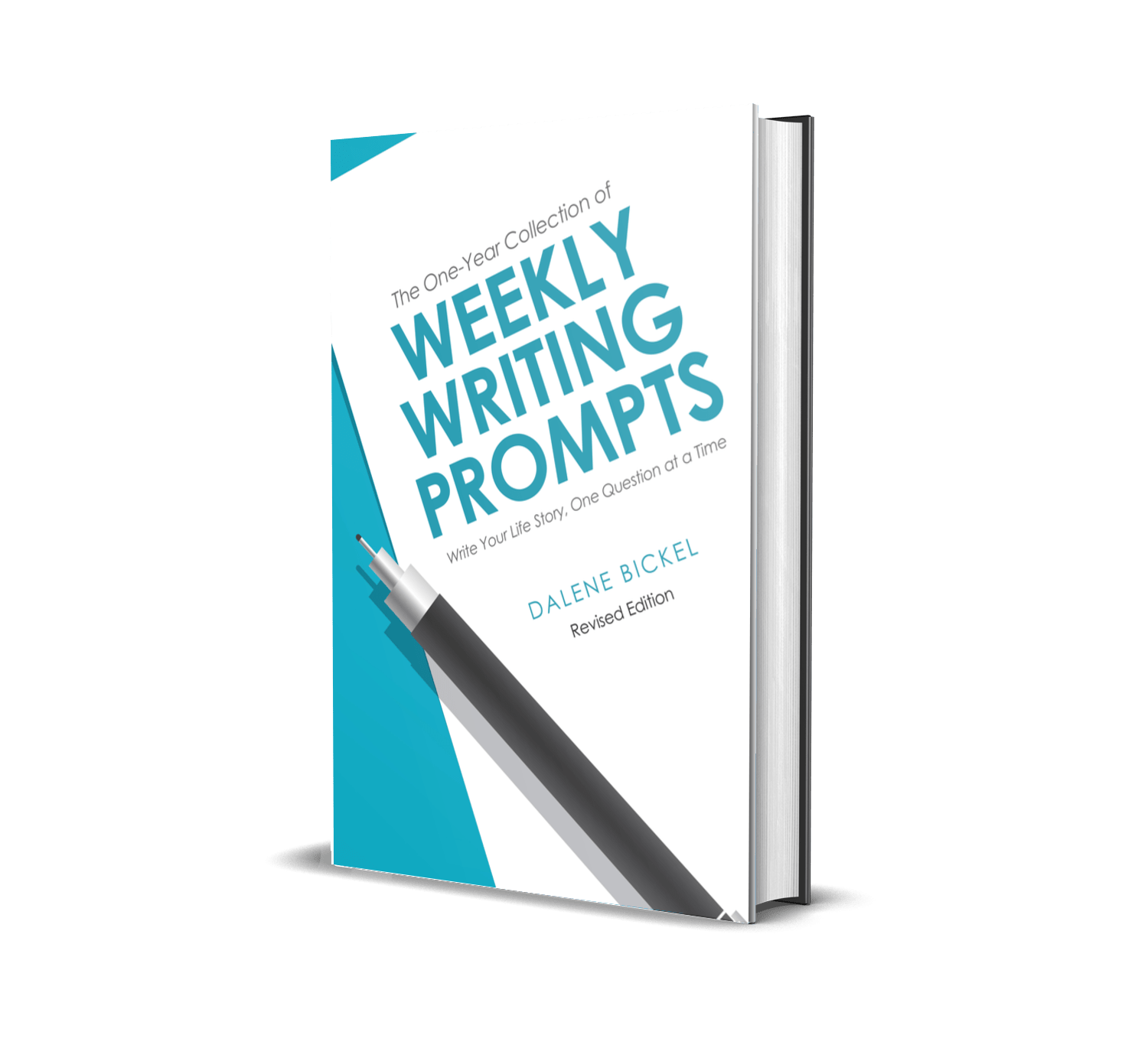LISTEN
READ
Book Cover and Interior Design Considerations
Since we celebrated Valentine’s Day earlier this week, I thought I’d play off of that theme and ask you: Are you in love with your book’s appearance?
Even more importantly, do you know how to ensure that your target audience will fall in love with your cover and interior design?
The most important marketing aspect of your book – whether ebook or print – is its cover.
We are initially attracted to – or turned off by – a book’s cover design (and title, but in this episode, we’re only going to talk about design).
We are visual buyers, especially in today’s social media age. Everything revolves around aesthetics; the nicer things appear, the more we’re attracted to it. We might not even be able to articulate what we find so appealing about a book’s design, but we definitely have initial reactions.
We’ve worked long and hard to write a quality book – let’s not overlook interior design that enhances the content and a quality cover that entices potential buyers to pull it off the shelf in the first place!
So on today’s episode, we’re going to talk about:
- why every author needs to know how to ensure quality design (yes, even traditionally published authors),
- working with a professional designer, and
- cover design options to fit for your needs.
What is Interior Design?
Interior design is interior layout; the visual style of the pages and the typography used. It encompasses fonts, word and line spacing, margins, headers, footers, photo placements, consistent styling of section and chapter pages, and much more.
At my first meeting with one of my book coaching clients, she told me that her manuscript was edited, formatted, and simply needed a cover before being uploaded to a printer. All she thought she needed was a little guidance from me to help her navigate the final steps of the self-publishing process.
After asking her a few questions and looking at her draft, however, I quickly discovered that her manuscript was not properly formatted for the printer. Although the editor told her it was formatted, the editor wasn’t experienced with book formatting and wasn’t able to point out to my client that the book’s front matter elements were missing (refer to Episode 31, How to Create a Book: 5 Critical Components).
In all fairness, however, interior design is outside of an editor’s scope of practice. An editor’s job is simply to ensure the content is accurate (punctuation, grammar, flow). It is the job of a professional graphic designer to format that edited text and turn it into a visually appealing book layout.
There are many stylistic and typographical standards associated with book printing that the average writer (and editor) simply isn’t aware of, which is why it’s easy to spot many DIY self-published books.
While it’s true that KDP and many of the other self-publishing printers out there offer robust tutorials on the topic of layout and design, it’s information overload to an aspiring author who can easily become overwhelmed with all the terminology and uploading requirements. In addition, self-published first-time authors are notorious for wanting to cut costs and print quickly. They’re ready to publish their book, not take the time and effort to become a designer.
It’s also true that KDP and other service providers offer design templates. Let me just warn you that templates aren’t always what they’re cracked up to be. I know this from first-hand experience. After many frustrating attempts to figure out the software and unable to customize the cover the way I wanted, let’s just say my finished book was less than stellar. It was obvious that it had been done by the author herself.
And guess what happened with my book sales? They were nonexistent.
A couple of years later I decided to update and revise the content of my book and hired a professional designer.
The result? Comments from readers (yes – people bought the book this time!) saying how appealing the cover was.
If you plan to traditionally publish and are tempted to tune out from the rest of this episode, let me encourage you to stick around because it actually will apply to you, too. For example, you’ll undoubtedly create a reader magnet (also known as an opt-in offer, lead magnet, or freebie) to give away in exchange for readers signing up to your newsletter list.
As an author, you’re probably be going to give away a small ebook (nonfiction) or short story/novella (fiction) that will also require interior design and a quality cover.
Keep in mind that the quality of those freebies set the tone for your actual book.
If your freebie is quality, then your readers will anticipate that your forthcoming book will be worth buying. (Check out Episode 12, How to Create and Distribute a Lead Magnet.)
But also keep in mind that you might decide to self-publish down the road. Many authors who start out in the trad world eventually step into indie publishing as well. This will be great info to have in your back pocket if that turns out to be you.
Alright, now that we know what interior design is and why both it and a quality cover are important, let’s talk about working with a professional book designer.
Benefits of Working with a Professional Book Designer
- They know the nuances of good typography, design, and layout (genre trends, complementary fonts such as serif and sans serif, leading and kerning, gutters, picas, aspect ratios, and more)
- Good designers listen to your initial ideas and then add their creativity to come up with something better than you ever could have imagined or achieved on your own
- They save you time and hassle (avoiding learning-curve mistakes)
- Make your decision based on your timing, overall goal, and budget
- Note that there’s a difference between marketing/advertising design and book design
How to Find a Professional Book Designer
Conduct a Google search and you’ll be provided with design companies such as 99 Designs, book production companies like Reedsy, independent designers, and freelance marketplaces like Fiverr and Upwork.
Another way to find a designer is to ask for referrals and recommendations from other authors and writing groups.
And last but not least, look at the copyright page of books you like the design of. Sometimes the author acknowledges the designer/illustrator there.
Questions to Ask a Book Designer
If the answers aren’t on their website, use their contact form or email address to ask them:
- How long have you worked as a book designer?
- Is the purchase of stock photography included in your price?
- How many revisions do you offer?
- When and how do you accept payment?
- What is your current turnaround time?
- Can you provide me with two or three client referrals? (You want to actually either email or phone them to ask questions, not just read a glowing testimonial) *for high-end designers only
- How do I send you my manuscript?
Things to look for:
- Experience in book layout and design (much different from ad design),
- creativity,
- they ask about your vision for the cover and try to exceed it,
- compatible with your personality and shares your values/beliefs,
Bonus points if they’re familiar/experienced with your genre and know the current bestselling cover trends in that genre.
Red flags to look out for:
- The designer/company/service retains the rights to your cover instead of you,
- their website hasn’t been updated in years and/or isn’t visually attractive,
- they require full payment up front before sending you any work,
- no revisions included in the price,
- they don’t respond to your questions in timely fashion (within 3-4 business days),
- they’re unwilling to provide you with references or titles of books they’ve worked on (so you can look them up on Amazon)
Note: Don’t necessarily disregard new designers. There is a bit of a risk, but everyone has to get a start somewhere. Just make sure that you’re guaranteed your satisfaction with the final design (interior and/or cover) or your money back. And yes, get that in writing.
A Word About Premade Covers
Remember how I mentioned about the importance of covers for your freebies/opt-ins? Sometimes it’s hard to justify the expense of hiring a professional designer when you’re going to be giving away something and therefore not going to recover that expense.
In that case, I recommend using a premade cover. While they are available for paperback or hardcover with spine & back cover as well, I don’t recommend that because they charge extra for those plus they charge extra to customize the appearance of the spine and back cover. By the time you pay all the extra fees and the hassle of replacing/tweaking, your time and money would have been better spent on hiring a custom cover from a professional designer in the first place.
Okay, back to my original point.
BookCoverZone.com is who I used for my WWII short story ebook cover. You can check it out on my author website, dalenebickel.com.
Lots of other companies out there, too – a quick Google search for “premade book covers” will turn up lots for you to choose from.
Benefits:
- Professionally designed (they’re typically one-offs that were created for a private client, but weren’t used for whatever reason)
- One purchase only (you don’t have to worry about other people buying the same cover as you)
- Fast (as soon as you pay for it, it’s available for download)
- Easy to customize (title, subtitle, and one-line description only)
Cons:
What you see is what you get – limited customization included (but you can pay extra to have extra done).
Do It Yourself
Alternatively, if you really insist on creating your own cover, some authors recommend Book Brush cover creator – Cover Creator – Book Brush
Be aware that there will be a learning curve, requiring more of your time and effort, and there is a small fee involved.
I’ll include a list of a few design companies/marketplaces in the show notes at inkandimpact.com. Please know that I have never used any of them and cannot vouch for their quality or effectiveness. However, it’s a good place for you to start your research. Be sure to reach out to them with your questions and keep in mind your timing (when you need the design finished by) and your budget.
Note that many service companies and marketplaces offer bundles and packages. Take your time to read through the options carefully to make sure you’re receiving the options you need/desire.
Some Design Sites
Reedsy.com – $$$
Typewriter Creative Co. – $$$
What companies have you use and have been satisfied with their results? Please send me an email about them (info@inkandimpact.com) and I’ll add them to my list.
One Final Consideration
I try to work with fellow Christian creatives whenever possible. I do this primarily because I want to support their efforts, and if I’m writing a Christian-based book, it’s helpful for them to come to the table with a shared mindset.
But it’s not a requirement.
In fact, can serve as an opportunity to represent Christ well to nonbelievers, and thereby potentially open gospel conversations.
Many times, it’s hard to know a service provider’s beliefs unless they overtly express them on their websites and that’s okay – we don’t need to know their beliefs. Just remember that regardless of who you work with:
- Be the light of Jesus.
- Follow the Golden Rule – do unto others as you would have them do unto you.
- Follow the Greatest Commandment – “Love the Lord your God with all your heart and with all your soul and with all your mind. This is the great and first commandment. And a second is like it: You shall love your neighbor as yourself.” (Matthew 22:34-40)
Did You Like This Episode?
Please do me a favor by subscribing and telling your writing friends about the Ink and Impact podcast! I would love to help as many writers as possible.
Speaking of helping writers, I’ve just launched a new community for Christian writers called the Inkwell Collective!
The Inkwell Collective
The Inkwell Collective is a new membership community where Christian writers gather virtually to write, build their faith, establish meaningful connections, and get their book-related questions answered!
Are you tired of writing alone? Join a growing community of writers (who are also Christians) and discover the joys and benefits of writing together!
- Group Writing Sessions – Weekly virtual cowriting sessions are where you’re able to make progress and see results.
- Valuable Feedback – Whether you have a writing question, seek a brief critique, or desire prayer, you can get the support you need.
- Exclusive Events – From virtual webinars to in-person writing retreats, members get early access and special bonuses.
Bonus: It’s not on social media.
That’s right! No need to join yet another Facebook group or worry about annoying ads. The Inkwell Collective is housed in a private platform that’s easy to navigate and still offers many of the features you’re used to … and some new ones, too:
- Chats/DMs
- Membership directory
- Streamlined topic threads – no need to scroll for miles searching for an old post
- Livestreams
- and much more!







0 Comments